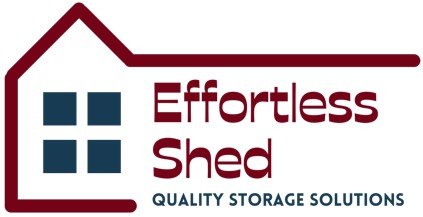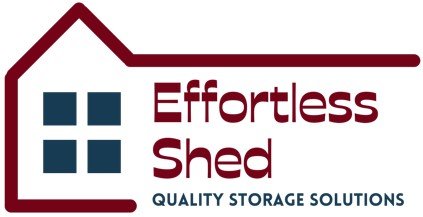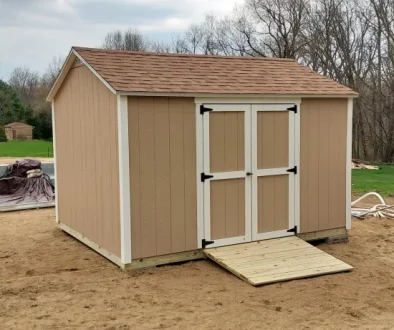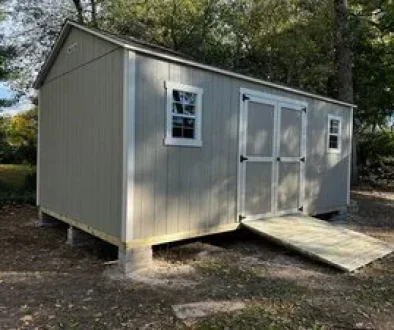How Much Does It Cost to Build a 20×20 Shed? A Complete Cost Breakdown
Sheds have become a popular solution for homeowners and property owners who need extra space. They offer a versatile and cost-effective way to store tools, equipment, or seasonal items. Many also use them as dedicated workshops or even backyard offices, helping to keep the main house free of clutter while creating a productive environment outside.
The size of the shed plays a big role in how useful and functional it will be. A 20×20 shed, which offers 400 square feet of space, sits right in the mid-to-large size category. It is spacious enough to accommodate a variety of uses without taking up too much of the yard.
Before starting construction, it is important to understand the different factors that influence the total cost. From materials and labor to permits and customization, several elements affect how much you’ll end up spending on a 20×20 shed. This guide will walk you through all the key details so you can make informed decisions and budget effectively
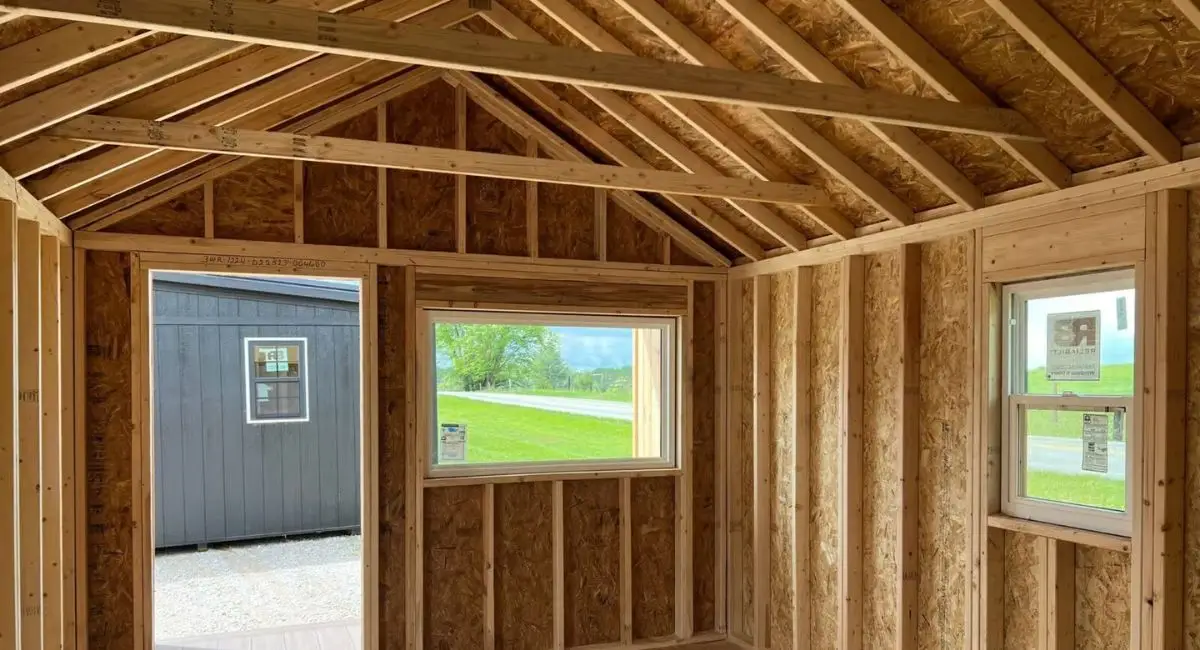
1- Average Cost of a 20×20 Shed in 2025
Building a 20×20 shed in 2025 typically costs between $4,000 and $25,000 or more. The total price depends on several factors, including how the shed is built and the materials used.
If you choose a DIY approach, the cost usually ranges from $4,000 to $12,000 or more. This includes expenses for materials, tools, and possible rentals or delivery fees. DIY projects can save on labor costs, but they require time, skill, and proper planning.
Hiring professionals for the job increases the price but offers the benefit of expert craftsmanship and faster completion. Professionally built 20×20 sheds generally fall between $10,000 and $25,000 or higher, depending on complexity and customization.
Several elements influence where your shed will fall within these ranges. The type of materials, local labor rates, permit fees, and even your region’s cost of living can all affect the final amount. Custom features, foundation type, and interior finishes can also add significantly to the overall budget.
Cost Comparison: DIY vs Hiring a Pro
Building a 20×20 shed yourself or hiring a professional each comes with its own set of costs, responsibilities, and outcomes. Here’s a side-by-side comparison to help evaluate which option suits your needs.
| Category | DIY Est. Cost | Contractor Est. Cost | Notes |
|---|---|---|---|
| Materials | $3,000–$8,000 | Often included in package or marked up | Client sources vs bundled pricing |
| Tools / Rentals | $200–$500 | Not required for client | DIY bears rental; contractor owns tools |
| Labor | No direct cost (your time) | $2,000–$7,000 | Skill/time vs billed labor |
| Total Estimate | $4,000–$12,000 | $10,000–$25,000+ | Scope Range and markup |
Limitations for DIY 20×20 Shed Construction
A DIY shed can take several weekends or weeks to complete, especially if you’re working alone or around a busy schedule. A professional crew can usually finish the job in a few days to a week, depending on design and complexity.
Building a shed from scratch requires carpentry skills, knowledge of building codes, and the ability to read plans. If you’re using a prefab kit, the difficulty level is lower but still demands comfort with tools and measurements.
DIY projects carry a higher risk of errors such as structural instability, uneven foundations, or misaligned components. These can lead to costly repairs or future problems. Professionals bring experience and tools that reduce the chances of mistakes and ensure the shed meets code and safety standards.
Cost Breakdown By Factors
1- Materials:
The type of materials you choose plays a major role in the overall cost and longevity of your 20×20 shed.
- Wood is a traditional and visually appealing option, often used for custom or higher-end sheds. Wood Sheds offers flexibility in design but requires regular maintenance to prevent rot and pest damage.
- Metal sheds are durable and generally more affordable than wood. They are resistant to fire and pests but can be prone to rust and may not insulate well.
- Vinyl sheds are low-maintenance and weather-resistant. Though typically more expensive than metal, they offer a good balance of durability and aesthetics.
- Prefab kits combine convenience with cost-effectiveness. These are pre-designed sheds that come with all necessary parts. Depending on quality and included features, they can save on labor but still vary widely in price.
- Flooring options also affect costs. A concrete slab offers durability and strength but adds to the initial budget. A wood frame floor is more budget-friendly and works well when elevation is needed to avoid moisture.
- Roofing materials like asphalt shingles are common and affordable, while metal roofing lasts longer and offers better protection but can be more expensive.
- Doors and windows contribute to both functionality and aesthetics. Adding double doors or high-quality windows increases convenience and light but also raises costs.
- Insulation is optional but recommended for sheds used year-round. The cost varies based on material type and coverage area but adds comfort and energy efficiency, especially if the shed will serve as a workshop or office.
2- Labor Costs
Labor is one of the largest expenses in a professionally built shed. In 2025, the national average labor rate ranges from $30 to $80 per hour, depending on the location and the contractor’s experience. A typical 20×20 shed can take anywhere from 40 to 100 hours to complete, depending on complexity and features.
Labor costs vary by region. Urban areas with higher living costs usually have higher rates, while rural areas tend to be more affordable. Travel time, availability of skilled labor, and regional demand also influence pricing.
3- Site Preparation
Preparing the site is essential for long-term durability and proper installation. Land clearing and leveling ensures a flat and stable base. This may involve removing grass, rocks, or small trees, which adds to labor and equipment costs.
A gravel or concrete base is typically required to support the shed. A gravel pad is more affordable but less durable. A concrete slab offers strength and moisture resistance but is more expensive. Drainage considerations are important to prevent water damage. Installing a proper slope or drainage system can add upfront cost but helps avoid long-term issues like flooding or rot.
Prefab vs Custom Build 20×20 Shed Costs
When planning a 20×20 shed, one of the first decisions is whether to go with a prefab kit or invest in a custom build. Both options come with different price points and features.
Prefab Kit Cost:
Prefab shed kits typically range from $4,000 to $15,000, depending on material quality, brand, included features, and any add-ons like windows or extra doors. These kits are pre-measured and come with detailed assembly instructions, making them a practical choice for many homeowners.
Pros of Prefab Kit:
Cons of Prefab Kit:
Custom Build 20×20 Shed
A custom-built shed allows full control over design, layout, and materials. Costs typically start around $10,000 and can exceed $25,000, depending on features and finishes.
Benefits of a Custom Build
Prefab shed kits typically range from $4,000 to $15,000, depending on material quality, brand, included features, and any add-ons like windows or extra doors. These kits are pre-measured and come with detailed assembly instructions, making them a practical choice for many homeowners.
Pros of Prefab Kit:
Regional Cost Difference
The total cost to build a 20×20 shed can vary widely depending on where you live. Both material prices and labor rates are influenced by regional factors such as demand, supply chain logistics, and cost of living.
Cost of Materials by State
Material costs often differ due to transportation, local supply availability, and climate-related building standards. For example: In California, materials like lumber and roofing often cost more due to stricter environmental regulations and high demand.
In Texas, access to domestic suppliers can reduce the cost of wood, metal, and concrete.
In the Midwest, seasonal changes may influence material choice, and pricing remains moderate due to local sawmills and manufacturers.
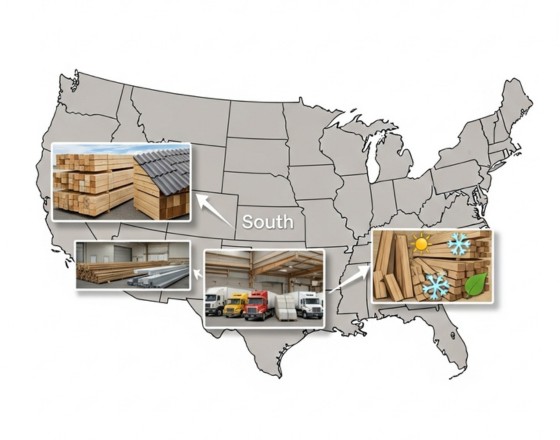

Labor Variations in Urban vs Rural Areas
Labor costs tend to be higher in urban areas where the cost of living is elevated. Cities like Los Angeles or San Francisco can have labor rates on the higher end of the $30–$80/hour range. In contrast, rural areas of states like Ohio or Kansas often have lower labor rates and shorter lead times.
For example, California has High material and labor costs. Permits and code requirements can also increase the total. Texas has moderate costs for both materials and labor.
Pro Tips To Save Your Money
Building a 20×20 shed doesn’t always mean spending at the top of the budget range. With smart planning and resourceful decisions, you can reduce costs without cutting corners on quality or function.
- Purchase lumber, hardware, roofing, and siding in larger quantities or during seasonal sales to take advantage of discounts.
- Source reclaimed wood, old windows, or leftover construction materials from salvage yards or local resale groups to save money and add character.
- Handle tasks like site preparation, painting, insulation, or interior finishing yourself to reduce labor costs without taking on the full build.
- Buying prefab kits from nearby suppliers lowers shipping costs and often provides better local support and code knowledge.
- Stick to practical shed features instead of adding residential-style plumbing, HVAC, or luxury finishes that inflate costs unnecessarily.
7 Mistakes You Must Avoid While Building 20×20 Shed
Building a 20×20 shed involves more than putting up walls and a roof. Overlooking key steps can lead to problems that affect durability, safety, and long-term value. Here are some common mistakes to avoid:
- Skipping permits can lead to fines, forced removal, or costly changes. Local authorities require compliance with zoning laws, building codes, and property line setbacks.
- An uneven or weak foundation causes sagging, water damage, and structural shifts. Gravel works for small sheds, but larger sheds benefit from a solid concrete slab.
- Sheds often evolve from storage to workshops or hobby spaces. Planning for insulation, electricity, or future upgrades early saves time and expense later.
- Buying prefab kits from nearby suppliers lowers shipping costs and often provides better local support and code knowledge.
- Poor drainage and unsealed gaps lead to rot, mold, and foundation issues. Grade the site, install gutters if needed, and seal windows, doors, and roof lines.
When To Hire A Professional to Build 20×20 Shed?
Building a shed yourself can be fulfilling, but there are times when hiring a professional is the better option. If you lack essential tools or construction experience, attempting the project alone can lead to safety hazards or structural problems. Challenging site conditions, such as uneven terrain or poor soil, also make professional help valuable because contractors can properly prepare the land, create a stable foundation, and handle tasks like tree removal or grading efficiently.
Professional assistance is also recommended when adding utilities like electricity, plumbing, or drainage, as these require permits and licensed expertise to meet code. Additionally, hiring a pro is ideal if you are working with a strict timeline or need a shed completed quickly for use as a workshop, office, or guest space. Professionals can deliver a safe, code-compliant, and durable shed while saving time and reducing the risk of costly mistakes.
